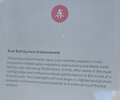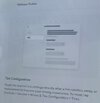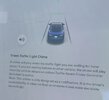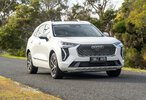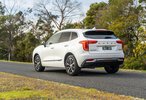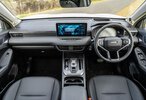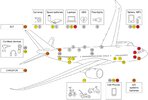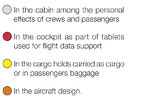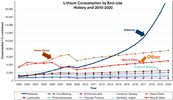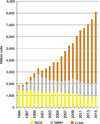Value Collector
Have courage, and be kind.
- Joined
- 13 January 2014
- Posts
- 12,237
- Reactions
- 8,483
One other thing, you can actually hotspot your phone to your car, and then you get all internet functions, it’s not practical to do that on every drive, but it’s an option if you need to for some reason.

